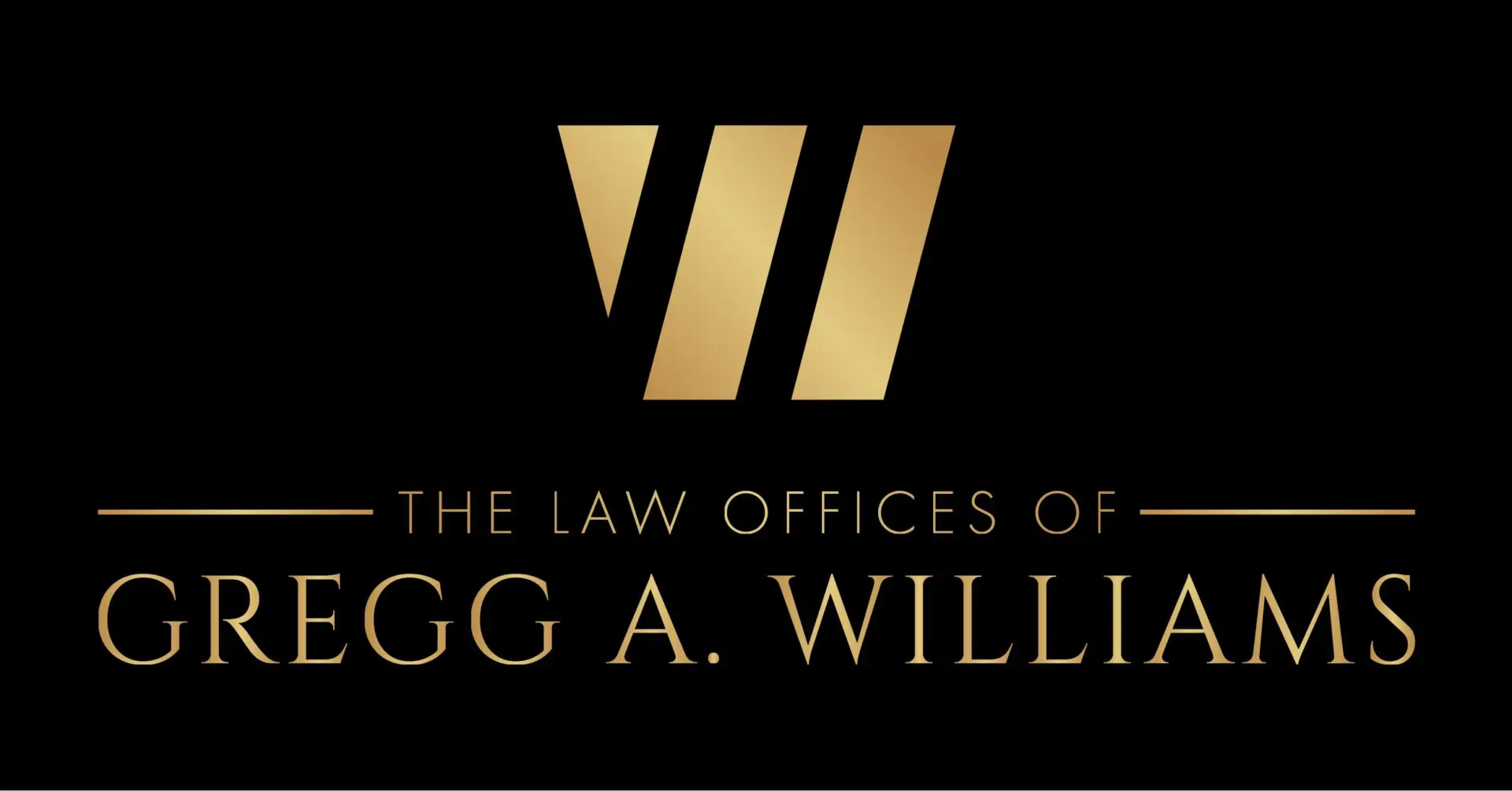Wrongful death claims are distinct from personal injury lawsuits because personal injury suits are brought by the victim. But in the case of a wrongful death, the victim is unable to receive his or her just compensation.
A wrongful death lawsuit is technically brought by the decedent’s estate or heirs—namely his or her spouse and children who received benefit from the deceased during his or her life.
In order to bring a wrongful death claim, the decedent’s family members must prove that they have suffered (and will continue to suffer) financial losses as a result of the death. Damages in a wrongful death suit are based on monetary contributions the decedent was reasonably expected to make to survivors, rather than the survivors’ unique needs.
A survival action allows a decedent’s estate to make a claim for the decedent’s injuries before he or she died. Unlike a wrongful death suit, a survival action deals with the pain and suffering of the deceased, rather than the pain and suffering of the surviving family members. A survival action allows for compensation for pain and suffering in the time span between injury and death.
For example, take a construction worker who was gravely injured in a structural collapse. He suffered many physical injuries, emotional pain, decreased quality of life, and lost out on several weeks of wages. He planned to file a personal injury suit against his employer, but he died of medical complications before being able to. A survival action allows the decedent’s estate to collect damages for the construction worker’s pain and suffering, lost wages, etc.
One key difference between a survival action and a wrongful death claim is that, in survival actions, the damages recovered go the decedent’s estate, not directly to the family members; the damages are then distributed according to the decedent’s will (or according to state law, if there is no will).
